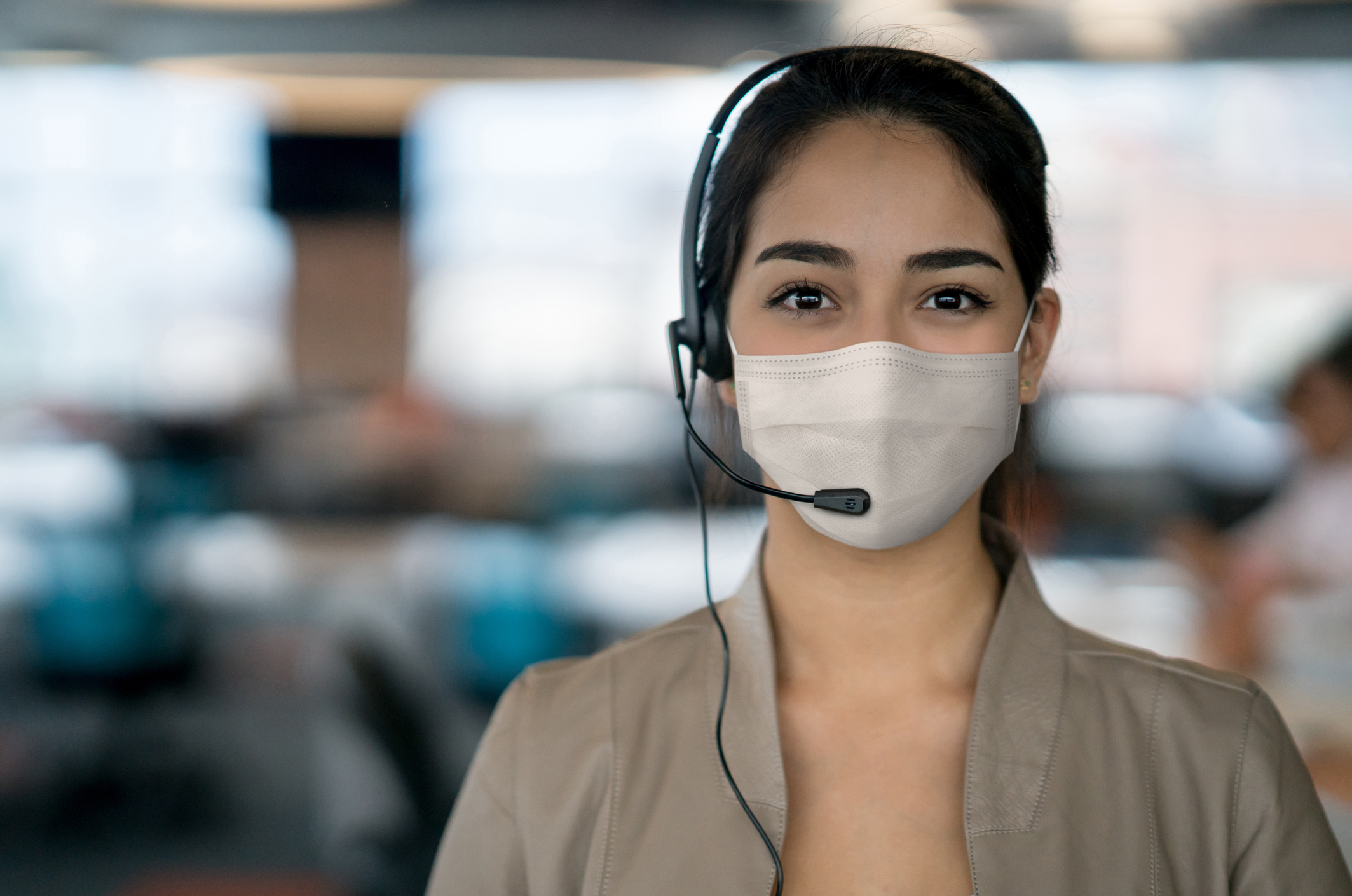Delivering a great customer experience has never been more vital than during the COVID-19 crisis. Social distancing and safety precautions altered the shopping and purchase habits of many consumers, presenting CE and other retail companies with unique challenges — primarily, how to ensure the safety of their own employees and storefronts without compromising service to customers.
As we come upon a full year of living with the virus, many lessons have become apparent and offer a blueprint for not only how to meet and exceed customer expectations in a pandemic, but also in a more normalized, post-COVID-19 world.
Here are three takeaways that may be helpful for your operation.
1. Focus on Flexibility
As COVID-19 first began to spread in 2020, my company, Assurant, immediately worked to transition staff to “service from home” while instituting CDC-based protocols for employees who continued to work in product repair and logistics facilities. We relocated roughly 8,000 associates, including scores of customer service representatives, to home within a few weeks.
What we learned is that a flexible mindset is key to maintaining service and support levels during a time of immense change. With so many moving parts involved in orchestrating the movement of people, equipment and technology, the ability to adapt to the moment is crucial. Standard operating procedures may not be the best solution when dealing with an entire paradigm shift in service operations.
Moving call center and customer support associates from contact centers to remote work is not a routine occurrence. In addition to the relocation of specialized equipment and installation of software to handle large call volumes, we had to make sure that each associate had the network bandwidth necessary to serve customers as efficiently as from the office.
Given the many different home technology situations among employees, there wasn’t a one-size-fits-all answer. Cross-functional, ad hoc collaboration was key to finding multiple pathways in real time. A purposeful willingness among customer experience employees, IT and management teams is essential to adapting to new procedures and changing situations.
Also, we’ve found that conducting ongoing readiness drills is effective at maintaining flexibility in a changing environment. It helps to stay prepared to deliver uninterrupted customer support under various potential scenarios.
These approaches enabled us to maintain service and support performance levels despite the massive transition in operations, and then meet and exceed customer expectations since that time, as evidenced by high net promoter scores. While past thinking was that service associates need to be at an onsite facility to ensure productivity, we now know that having an at-home option for customer representatives will not necessarily have a negative impact on performance, once it is safe to resume office operations.
2. Offer Options
Another important takeaway is to leverage digital self-service tools where possible, to give customers choices for how to engage, especially post-purchase. In today’s socially distanced environment, it’s important to provide options to meet people where they are most comfortable.
Operationally, digital tools make it easier for cross-functional teams to stand up new service solutions to meet changing customer needs. Such capabilities can link IT, call center, product repair and logistics teams to seamlessly handle thousands of customer requests during operational transitions.
For example, when a client closed many of its retail locations in 2020 due to COVID-19, we leveraged self-service and digital tools to enable customers to submit warranty claims online and get next-day shipping for replacement of their products. We’ve also gone further to offer customers local repair locations and come-to-you service options for convenient same-day service. This is particularly important for mobile electronics. Many customers have told us that being able to stay connected with loved ones in a distanced environment eased their stress considerably.
Digital capabilities will continue to be an important part of the customer experience once the pandemic subsides. While some customer behaviors will return to a pre-crisis normal, others likely will stay adapted to the new routines of the past year. With consumers more comfortable transacting online, it will be important that post-purchase services such as setup, installation, support, service and warranty assistance are as seamless, accessible and convenient as possible.
3. Educate and Empathize
The third takeaway is that exceeding customer expectations doesn’t stop with operations and capabilities. Whatever customer interaction options you put in place, it’s important to educate customers and make the options easy for people to use.
Some customers have had to learn new tricks, such as using a company’s app for the first time. In our experience, you can smooth that transition by providing guidance and help with one tap from a mobile device.
Also, offering a friendly voice and easy, efficient service makes a significant difference in times of stress. Even the simplest transaction can be laden with emotion for customers, so having an empathetic voice on the other end of the line can make all the difference in the world.
While the pandemic promises to continue providing challenges in the near term, there is light on the horizon. As society makes the turn towards normalcy, continue to focus on flexibility, provide multiple service options and make sure to offer a helpful, empathetic voice to deliver the best experience possible.

Jeff is the President, U.S. Connected Living, at Assurant, a global provider of risk management products and services with headquarters in New York City. Its businesses provide a diverse set of specialty niche-market insurance products in the property, casualty, extended service protection and pre-need insurance sectors.















